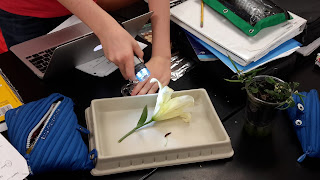Cell History and Structure Function 2016
Cell-related Topics:
You should be able to explain...
1. How are cells classified?
Describe the classification of cells based on:
Prokaryotic and Eukaryotic
Plant vs Animal
2. What makes up cells?
Compare and contrast the structure and function of organelles found in plant and animal cells.
Know the 12 organelles on the Spreadsheet
Be able to list the function when given an organelle.
Identify the organelle by the structure.
3. What are the parts to the Cell Theory?
Understand the three parts of the cell theory.
Who were the scientists responsible for the cell theory?
4. What is the History of Science surrounding cells?
Who founded the first microscope?
Who was the first scientist to coin the term “cell?”

















